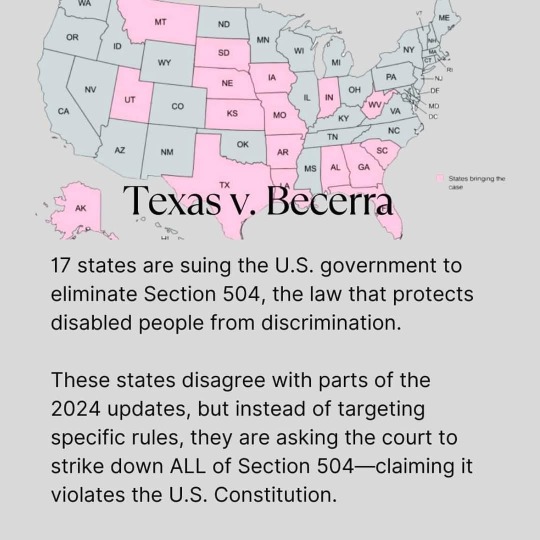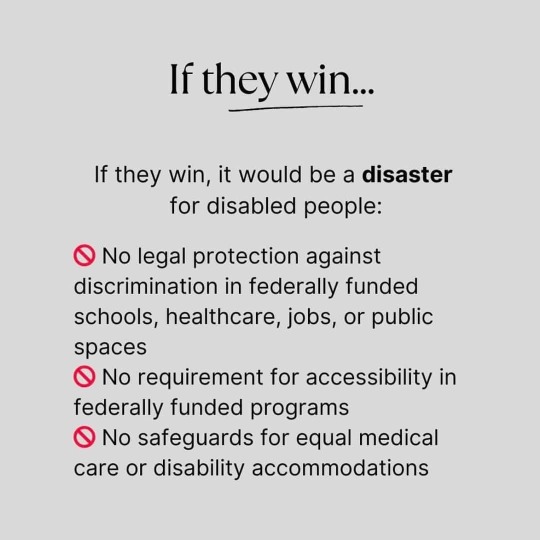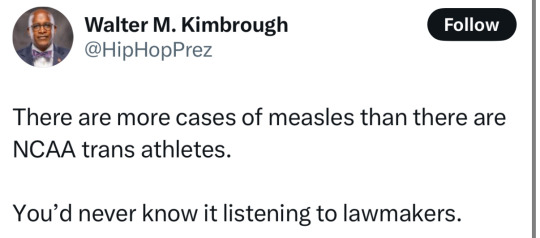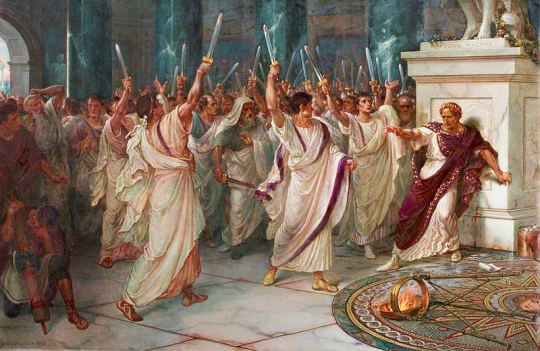…and I’m back in the fucking building again(Round 2: Electric Boogaloo)Anime | Art | Ambystomatidae
Last active 2 hours ago
Don't wanna be here? Send us removal request.
Text
hualian to me is like the only tolerable example of "he's mean to everyone except for me" bc what it reveals is not that against his better nature, some deeply buried part of xie lian guiltily finds hua cheng's difference in treatment attractive, but rather the much funnier alternative of xie lian literally does not care that hua cheng is mean bc he himself is also kinda mean and just doesn't consider any of that super wrong to say
328 notes
·
View notes
Text
Meanwhile, President Musk and his pet Orange Shitgibbon are cutting funding to the programs many of us rely on for survival.



1K notes
·
View notes
Text
This was a direct result of public outcry! Remember, giving up and feeling defeated is what this administration wants. Keep calling those reps and keep being annoying. Make them claw every last scrap from your cold dead hands bitch!!
244 notes
·
View notes
Text
You can literally make anything and anyone problematic if you try hard enough seriously give me people and things and I’ll make them all “problematic” right now.
297K notes
·
View notes
Text
If I hear one more person say "Federal workers should strike!" I'm gonna lose it.
1. While many federal workers are unionized, it is specifically illegal for us to strike. Before joining the federal workforce, we have to sign agreements to not strike against the government.
2. Musk wants to dismantle these organizations and dissolve the positions. If feds strike, they won't care. They'd love that. They'd lock the doors behind us. It would give them permission to fire everyone immediately and dissolve their positions forever.
YOU need to strike. Non-feds. For us. Federal workers have been holding the line against fascism for you, and it's time for you to get off your ass and hold the line for US. You need to strike because we cannot.
2K notes
·
View notes
Text
seeing straight men be disgusted by booktok smut recommenders has actually radicalized me to the side of booktok smut recommenders. girls your taste may be atrocious but i will never disparage you for exposing mainstream discourse to the concept of soaking through your underwear. spent my whole life listening to men talk about penises it’s about time they get jumpscared by women talking about pussy in crude detail on social media. go forth and goon my warriors
191K notes
·
View notes
Text
i’m rewatching the apothecary diaries season 1 in preparation for starting season 2 (i like to wait until a little bit into the season to start new shows) and i forgot how immediately jinshi’s whole “maomao glared at me like i was a bug and i got so hard i passed out for a second” thing started. literally the moment he realized his #prettyboyswag moves were actually making her shudder in disgust he was sooooo ready to become her full time malewife.
think abt it. he has been raised with a silver spoon in his mouth and everyone around him chomping at the bit to make him happy (besides his nanny and gaoshun’s family ig) and then this wickedly smart servant girl begrudgingly treats him with the only bare minimum amount of respect she can get away with considering their statuses and doesn’t even bother to hide her distain for his whole Deal and he’s this close to proposing marriage, eunuch cover be damned.
maomao please put this man on a leash already his desperation is scaring the hoes
1K notes
·
View notes
Text
i honestly hate how much people use "this is the only body you get" as a reason to not do anything that might be permanent. its the only body you get so you need to make sure you like it! get that tattoo! get those piercings! forsake your humanity! let an old and vengeful god replace your beating heart with an ice cold stone which yearns for the warmth of blood! start hrt!
12K notes
·
View notes
Text
maomao when every important figure in the empire keeps asking for her help

4K notes
·
View notes
Text
So January was 17 weeks long. And February is 3 and a half horrifying days. Do I have that right?
25K notes
·
View notes
















